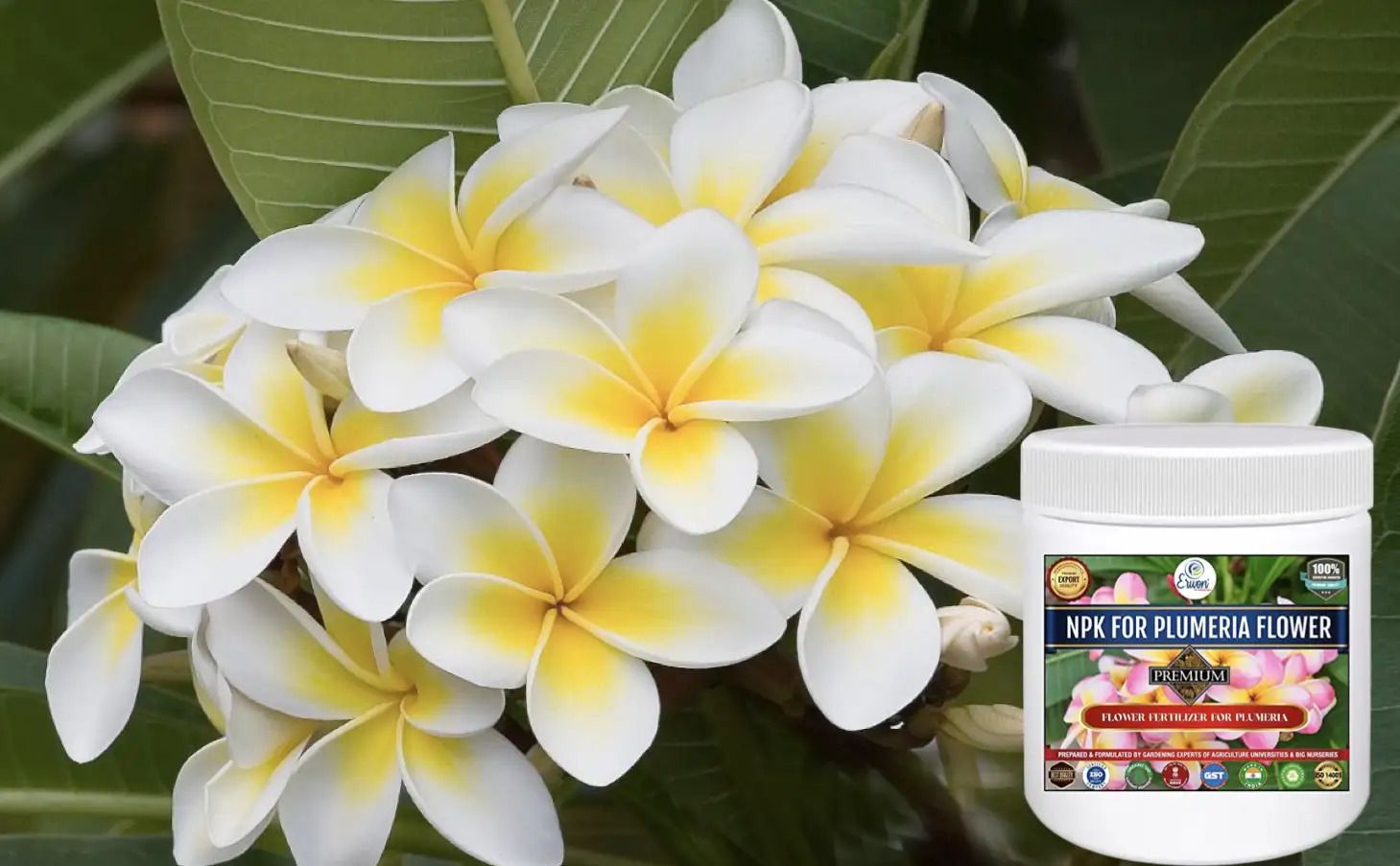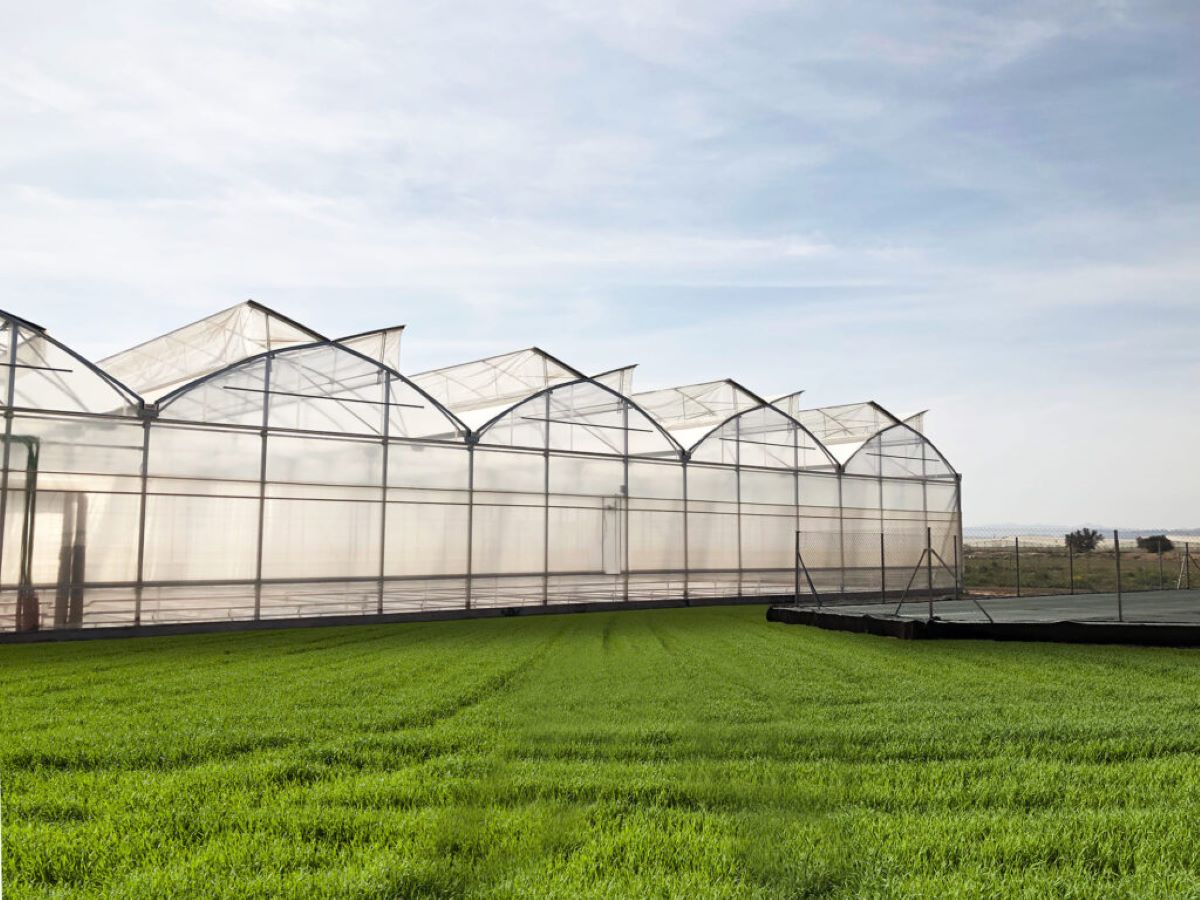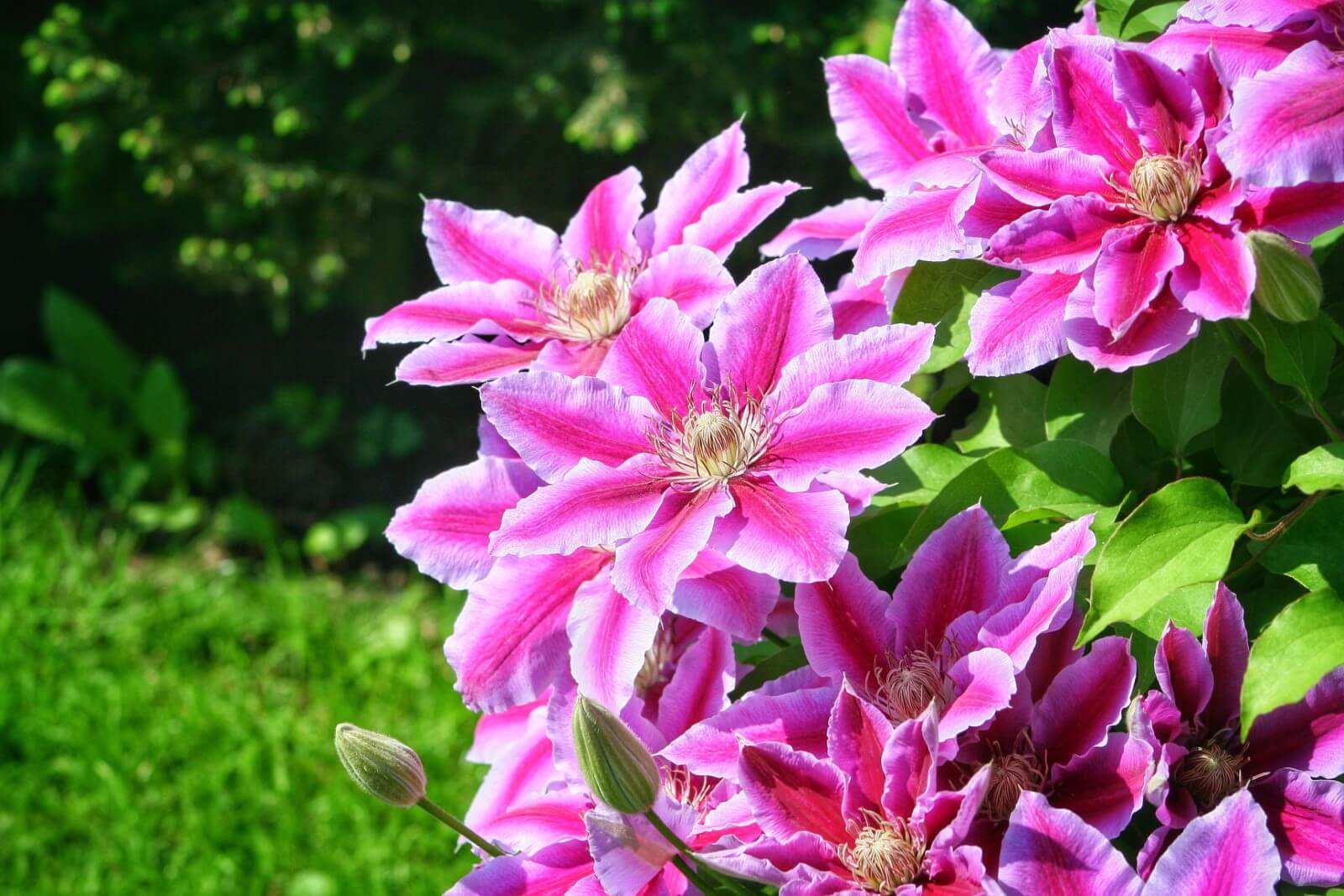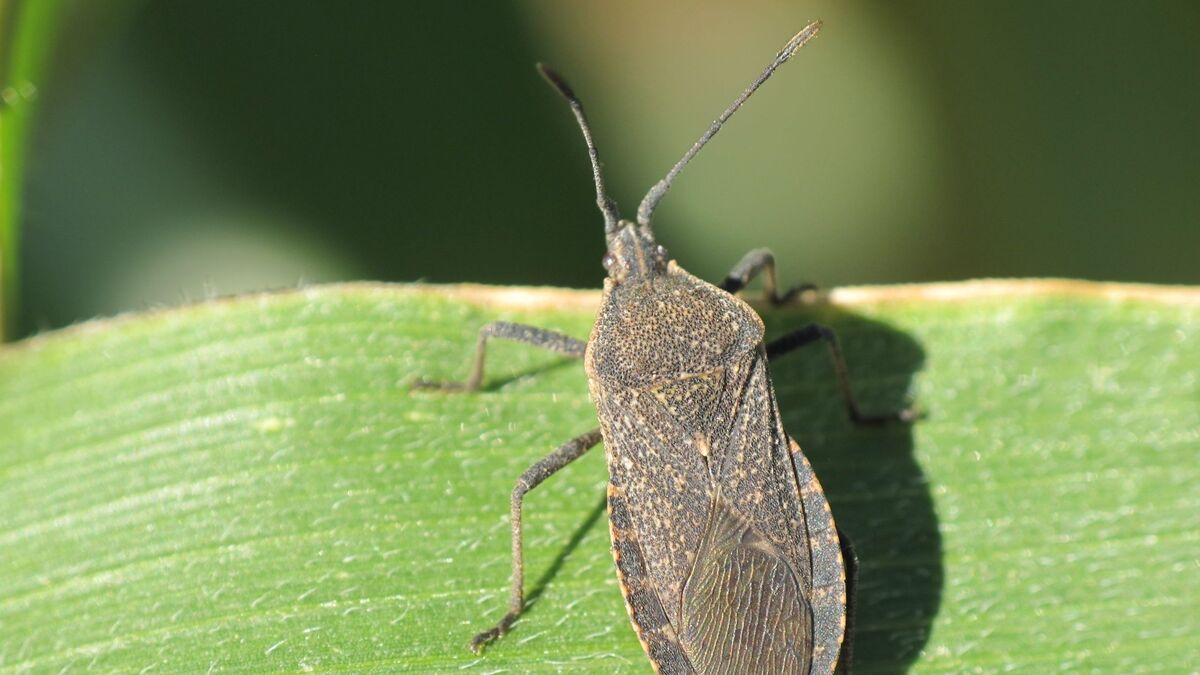Home>Types of Gardening>Ornamental Gardening>What Kind Of Tree Has Helicopter Seeds
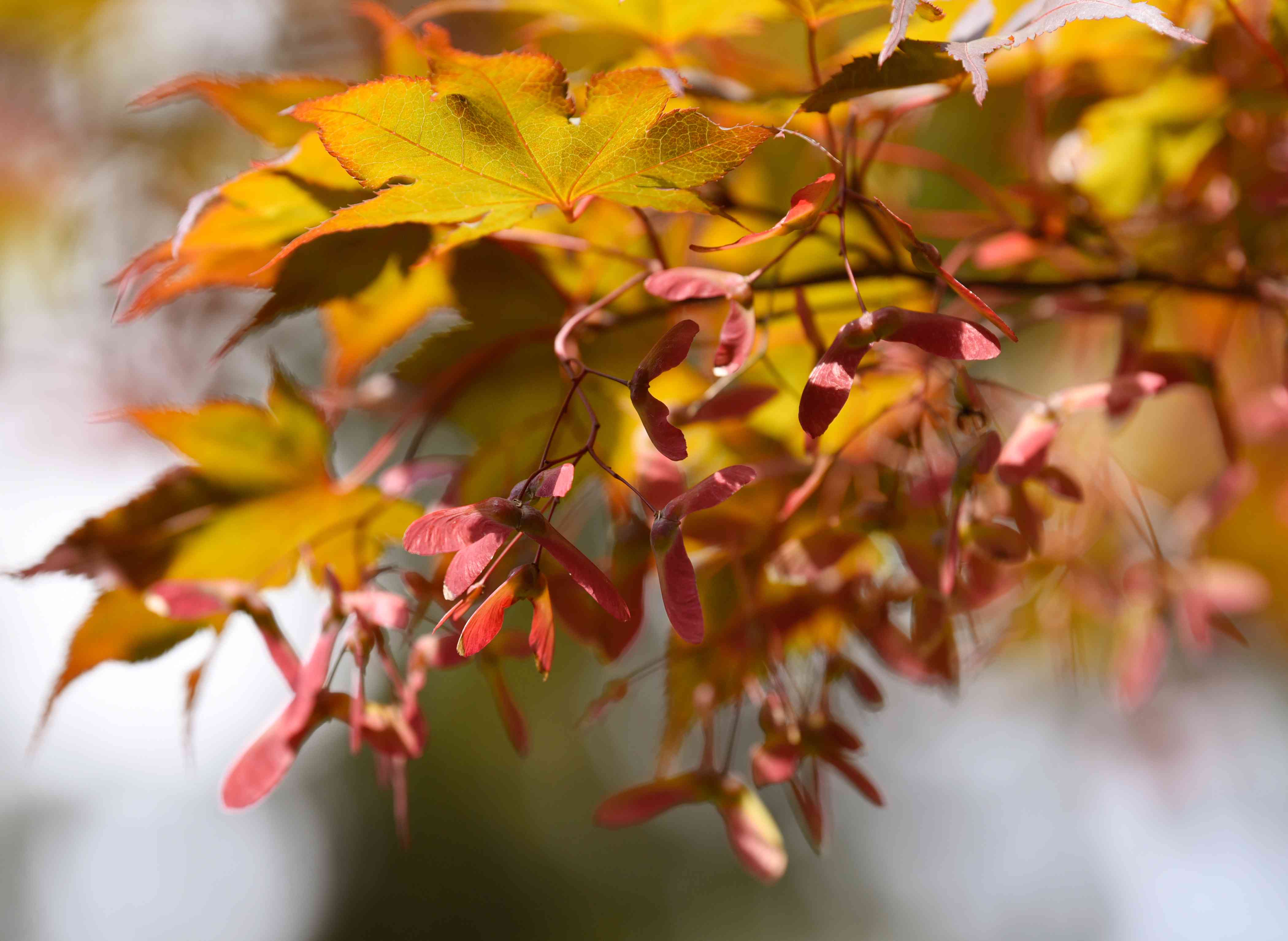

Ornamental Gardening
What Kind Of Tree Has Helicopter Seeds
Modified: January 22, 2024
Discover the beautiful world of ornamental gardening as we explore what kind of tree has helicopter seeds. Explore the unique characteristics and benefits of these trees for your garden.
(Many of the links in this article redirect to a specific reviewed product. Your purchase of these products through affiliate links helps to generate commission for Chicagolandgardening.com, at no extra cost. Learn more)
Table of Contents
Introduction
Welcome to the fascinating world of ornamental gardening, where creativity meets nature’s beauty. A key aspect of creating stunning garden landscapes is the selection of plants and trees that possess unique features. One such intriguing feature is the presence of helicopter seeds. Have you ever come across trees that drop seeds that float gracefully through the air, spinning like miniature helicopters? These are commonly known as helicopter seeds.
Helicopter seeds, also called “samaras,” are an intriguing botanical phenomenon that has captured the imagination of gardeners and nature enthusiasts alike. These seeds possess a special aerodynamic shape that enables them to take on a helicopter-like flight pattern as they descend. This characteristic makes them a delight to observe and adds an enchanting element to any garden or landscape they inhabit.
Throughout this articl, we will explore the characteristics of trees that produce helicopter seeds, popular tree species known for their helicopter seeds, their uses, and how these seeds disperse. By the end, you will have a wealth of knowledge that will inspire you to incorporate these unique trees into your ornamental garden.
Definition of Helicopter Seeds
Helicopter seeds, also known as samaras, are a type of seed that derives its name from its distinct shape and manner of descent. These seeds have two wings or “wings” that are attached to a central seed pod. As they fall from the tree, these winged seeds rotate in a manner similar to the blades of a helicopter, hence their popular nickname.
One of the most fascinating aspects of helicopter seeds is their unique aerodynamic design. The wings or “wings” of the seed have a concave structure that helps generate lift and allows the seeds to stay aloft as they descend. This ingenious design enables the seeds to be carried by wind currents and dispersed over a wider area.
Helicopter seeds come in various shapes and sizes depending on the tree species they belong to. Some seeds have elongated wings, giving them a more elongated appearance, while others have shorter wings that resemble propellers. Regardless of the specific shape, the distinct helicopter-like flight pattern is what sets these seeds apart and makes them a popular curiosity in the world of gardening and nature.
It is worth noting that not all trees produce helicopter seeds. This unique characteristic is found in certain species and is believed to have evolved as an efficient way for trees to disperse their seeds over longer distances. The ability to “fly” through the air provides a competitive advantage for these trees, allowing their offspring to colonize new areas and increase their chances of survival.
Characteristics of Trees That Have Helicopter Seeds
Trees that produce helicopter seeds share several common characteristics that contribute to the unique seed dispersal mechanism. Understanding these characteristics can help identify trees that have the potential to add an enchanting touch to your ornamental garden. Here are some key traits to look out for:
- Deciduous Nature: Most trees that produce helicopter seeds are deciduous, meaning they shed their leaves during the autumn season. This shedding of leaves allows the seeds to have a clear path for dispersal, making their flight more efficient and successful.
- Alternate Leaf Arrangement: The arrangement of leaves on the branches can vary among tree species. Trees with alternate leaf arrangement, where the leaves are placed in a staggered pattern along the branch, are more likely to produce helicopter seeds. This arrangement provides optimal spacing for the seeds to develop and the wings to unfold.
- Winged Seed Pods: The defining characteristic of trees that have helicopter seeds is the presence of seed pods with attached wings. These wings can vary in size, shape, and texture, depending on the tree species. The wings serve as a means of aerodynamic propulsion, allowing the seeds to catch air currents and travel further distances.
- Small, Lightweight Seeds: Helicopter seeds are generally small and lightweight. This characteristic makes it easier for them to be carried away by wind currents. The smaller size also allows for greater numbers of seeds to be produced, increasing the chances of successful dispersal and tree propagation.
- Seasonal Variation: Trees that produce helicopter seeds often exhibit an interesting seasonal variation. In spring, these trees blossom with vibrant colors and lush foliage, capturing attention and admiration. As summer fades into autumn, the leaves transition to beautiful hues of red, orange, and yellow before eventually dropping, releasing the helicopter seeds.
By recognizing these characteristics, you can select the right tree species for your ornamental garden, ensuring a mesmerizing display of helicopter seeds and adding an element of wonder to your outdoor space.
Popular Tree Species with Helicopter Seeds
There are several tree species that are known for producing helicopter seeds, each with its own unique charm and visual appeal. Let’s explore some of the most popular tree species that can bring a touch of enchantment to your ornamental garden:
- Maple Trees: Maple trees, particularly the Acer genus, are renowned for their helicopter seeds. The most iconic among them is the sugar maple (Acer saccharum) and the red maple (Acer rubrum). These trees produce pairs of winged seeds that gracefully spin as they fall, creating a captivating spectacle in autumn.
- Ash Trees: Ash trees (Fraxinus genus) are another popular choice for their helicopter seeds. Species such as white ash (Fraxinus americana) and green ash (Fraxinus pennsylvanica) produce small samaras with elongated wings that catch the wind effortlessly.
- Elm Trees: Elm trees (Ulmus genus) are known for their characteristic winged seeds that are dispersed in large numbers. The American elm (Ulmus americana) and slippery elm (Ulmus rubra) are two species that produce helicopter seeds.
- Linden Trees: Linden trees (Tilia genus) are appreciated for their fragrant blooms and the helicopter seeds that follow. Common species like the littleleaf linden (Tilia cordata) and American linden (Tilia americana) produce small, round samaras that twirl gracefully as they descend.
- Sycamore Trees: Sycamore trees (Platanus genus) are instantly recognizable by their distinctive bark and large hand-shaped leaves. These trees produce unique helicopter seeds with elongated wings that resemble propellers.
These are just a few examples of the tree species that produce helicopter seeds. Keep in mind that there are many more species out there, each with its own unique samaras and visual appeal. Consider the specific climate and growing conditions in your area when selecting a tree species for your ornamental garden.
By incorporating these popular tree species into your garden, you can create a mesmerizing display of spinning, twirling helicopter seeds, adding a touch of magic and fascination to your outdoor space.
Uses of Helicopter Seeds
Helicopter seeds, with their unique shape and flight pattern, have found various uses beyond their ornamental value. Let’s explore some of the practical and creative applications of these fascinating seeds:
- Propagation: One of the primary uses of helicopter seeds is for the propagation of tree species. The aerodynamic design of the seeds allows them to be dispersed over a wider area, increasing the chances of successful germination and tree growth. This natural dispersion mechanism helps trees colonize new territories and maintain genetic diversity within their populations.
- Education and Science: Helicopter seeds provide an excellent opportunity for educational purposes, particularly in teaching children about plant reproduction and seed dispersal. By observing and studying the flight patterns of these seeds, children can learn about aerodynamics, wind dispersal, and the life cycle of plants. Additionally, scientists and researchers can study the movement and behavior of helicopter seeds to gain insights into seed dispersal mechanisms and ecosystem dynamics.
- Art and Crafts: Helicopter seeds offer a unique and intriguing element for art and craft projects. Their delicate and intricate designs make them ideal for creating nature-inspired jewelry, home decorations, and even mobiles. With a touch of creativity, these seeds can be incorporated into various artistic endeavors, allowing for a beautiful fusion of nature and human ingenuity.
- Environmental Restoration: Helicopter seeds can also play a role in environmental restoration efforts. By planting tree species that produce helicopter seeds in areas that have suffered from deforestation or ecological damage, we can help regenerate natural habitats and promote biodiversity. The efficient dispersal of these seeds aids in the establishment of new tree populations and accelerates the recovery of ecosystems.
- Garden Design: Last but not least, helicopter seeds can be used as a unique design element in ornamental gardens. The whimsical flight and graceful descent of these seeds add a magical touch to the landscape. They can be incorporated into garden beds, pathways, or even used as natural mulch to enhance the visual appeal of your outdoor space.
These are just a few examples of how helicopter seeds can be utilized beyond their aesthetic appeal. Whether it’s for education, art, ecological restoration, or simply enhancing your garden’s beauty, these seeds offer a world of possibilities for both practical and creative endeavors.
How Helicopter Seeds Disperse
The unique shape and aerodynamic design of helicopter seeds allow them to disperse efficiently and travel remarkable distances. Let’s take a closer look at the fascinating process of how these seeds spread:
The journey of a helicopter seed begins when it naturally detaches from the tree during its reproductive phase. As the seed pod dries out and matures, it eventually breaks open, releasing the seeds into the air. The wings or “wings” of the seed help it catch the wind and create a spinning motion, resembling the rotation of a helicopter blade. This spinning action generates lift, allowing the seed to stay airborne for an extended period.
Once airborne, the helicopter seed is at the mercy of wind currents. The wind carries the seed away from the parent tree, helping it disperse over a wider area. The effectiveness of seed dispersal depends on various factors, including wind speed and direction, as well as the specific shape and weight of the seed.
As the seed descends, it continues to spin and rotate, creating an unsteady flight pattern. This erratic movement helps the seed cover more ground, increasing the chances of landing in a favorable environment for germination and growth. The spinning action also helps slow down the seed’s descent, allowing it to land gently on the ground or other surfaces.
Upon landing, the helicopter seed may encounter a variety of scenarios. It can settle on bare soil, where it may find the necessary nutrients and moisture to sprout. Alternatively, it may land on a patch of existing vegetation, which can provide protection and shade for the seedling as it establishes its roots.
Interestingly, helicopter seeds have evolved this dispersal mechanism as a survival strategy. By dispersing their seeds over long distances, trees increase the chances of their offspring finding suitable environments with ample resources and reduced competition from nearby parent trees. This dispersion helps maintain genetic diversity and allows tree species to adapt and thrive in various habitats.
Overall, the flight of helicopter seeds is a remarkable ecological adaptation that ensures the survival and proliferation of certain tree species. By harnessing wind currents and utilizing their distinct aerodynamic features, these seeds disperse over the land, marking the beginning of new life and contributing to the resilience of our natural ecosystems.
Conclusion
In the world of ornamental gardening, few things capture the imagination and beauty quite like the helicopter seeds that gracefully twirl through the air. These seeds, with their unique aerodynamic design and mesmerizing flight patterns, add a touch of enchantment to any garden or landscape. From their definition and characteristics to the popular tree species that produce them, we have explored the intriguing aspects of helicopter seeds.
Not only are helicopter seeds visually appealing, but they also have practical uses beyond their ornamental value. They play a crucial role in the propagation and dispersal of tree species, educate us about plant life cycles, inspire artistic endeavors, contribute to environmental restoration, and enhance garden design. The versatility and ecological significance of these seeds make them truly remarkable.
Understanding how helicopter seeds disperse is key to appreciating their role in nature. Their unique shape and spinning flight enable them to travel long distances, aided by wind currents. This dispersion mechanism promotes genetic diversity, allowing trees to adapt and thrive in different habitats. The journey of a helicopter seed, from its departure from the parent tree to its landing and potential for growth, encompasses a remarkable natural process.
So, the next time you spot helicopter seeds falling from a tree, take a moment to appreciate their beauty and the wonder of nature’s ingenuity. Consider incorporating tree species that produce these seeds into your ornamental garden, adding a touch of magic and fascination to your outdoor space. By embracing the captivating world of helicopter seeds, you can create a garden landscape that truly mesmerizes and connects with the beauty and power of nature.



